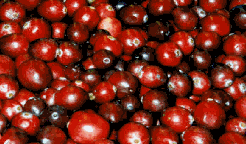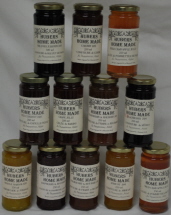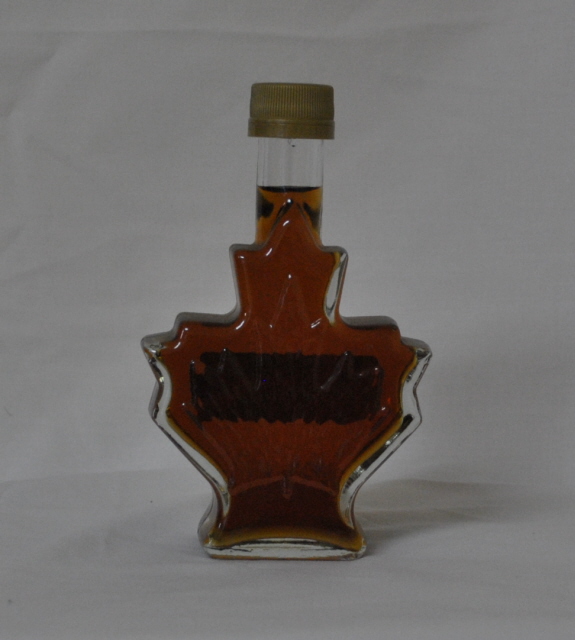
Maple sap is collected during early spring (usually March and April)
when maple trees are in their dormancy state. This sap has only 3% to
5% total solids, consisting mainly of sucrose. Other components include
organic acids (primarily malic acid), minerals (primarily potassium and
calcium), phenoliccompounds (aroma), amino compounds (trace) and
vitamins (trace).
From the concentration process, without any additions, we obtain Pure
Maple Syrup having the following nutritional information:
Nutritional information of Maple Syrup per 50 millilitre serving
| Energy |
167
699
|
calories
kilojoules |
| Proteins |
0 |
grams |
| Fat |
0 |
grams |
Carbohydrates
(sugars) |
43 |
grams |
| Sodium |
7 |
mg |
| Potassium |
117 |
mg |
Percentage of recommended daily
intake
| Calcium |
6% |
| Iron |
5% |
| Magnesium |
2% |
| Thiamin |
6% |
| Riboflavin |
2% |
Nutritional Information
Maple Syrup has about the same 50 cal/tbsp as white cane sugar.
However, it also contains significant amounts of potassium (35
mg/tbsp), calcium (21 mg/tbsp), small amounts of iron and phosphorus,
and trace amounts of B-vitamins. Its sodium content is a low 2 mg/tbsp.
Maple syrup can be declared a good source of 3 essential elements -
calcium, iron and thiamin.
The comparative calorie values are:
| Maple
Syrup |
50 cal/15 ml
|
| Fructose |
46 cal/15 ml |
| Brown
Sugar |
51 cal/15 ml
|
| Corn
Syrup |
60 cal/15 ml |
| Honey |
64 cal/15 ml |
|






|